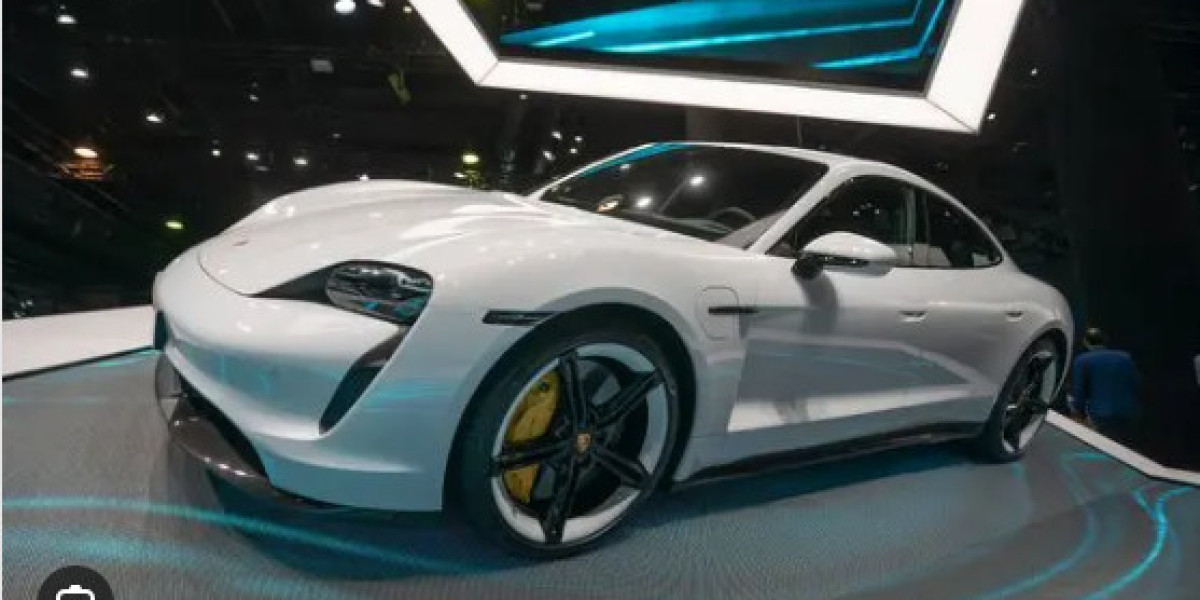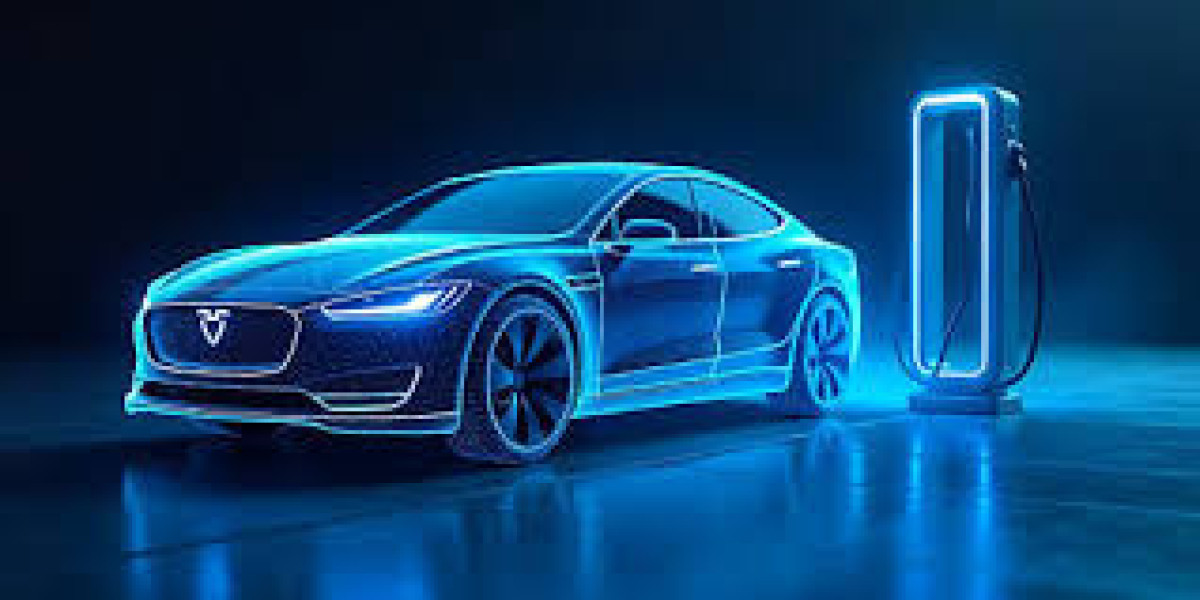The automobile industry is undergoing its biggest transformation in more than a century. With climate change concerns, rising fuel prices, and rapid technological innovation, electric vehicles (EVs) are being positioned as the future of mobility. But will they truly replace gasoline-powered cars by 2035, or will both continue to coexist? Let’s explore the key differences and where the industry is heading.
1. Cost and Affordability
One of the biggest barriers to EV adoption has always been cost. Ten years ago, electric cars were luxury items. Today, thanks to advances in battery technology and mass production, prices are coming down. By 2030, experts predict EVs will reach cost parity with gasoline cars. Add to that the lower maintenance costs — no oil changes, fewer moving parts, cheaper “fuel” through electricity — and EVs will likely become the more affordable choice in the long run.
2. Performance and Convenience
Gone are the days when electric cars were slow or impractical. Modern EVs like Tesla, BYD, and Porsche’s Taycan can accelerate faster than many gasoline sports cars. However, the biggest challenge is charging infrastructure. While gas stations are everywhere, charging networks are still expanding. By 2035, with ultra-fast charging technology (some promising 5-minute charges), EVs will rival gasoline cars in convenience.
3. Environmental Impact
This is where EVs have a clear advantage. Gasoline cars release carbon dioxide and pollutants that harm the environment. EVs produce zero emissions at the tailpipe, though battery production still has an environmental cost. As renewable energy sources like solar and wind expand, the overall carbon footprint of EVs will shrink even further. Governments are pushing hard in this direction, with many announcing bans on new gasoline cars after 2035.
4. Global Adoption Trends
Europe, China, and the United States are leading the EV revolution. Norway already has more than 80% of new car sales being electric. As governments offer subsidies, tax breaks, and invest in charging infrastructure, the shift will accelerate worldwide. Gasoline cars may remain popular in regions with weak infrastructure, but the overall market trend is clear.
5. The Road Ahead
So, will gasoline cars completely disappear? Probably not immediately. Classic cars, long-distance truck fleets, and regions with limited electricity access will keep gasoline engines around. But by 2035, experts predict that EVs could make up more than 70% of new car sales globally, making them the dominant force on the roads.
? Conclusion
The battle between electric and gasoline cars is already being decided. While gasoline engines may linger, the momentum is strongly in favor of electric vehicles. With dropping costs, better performance, and growing infrastructure, EVs are on track to dominate the automobile landscape by 2035. For consumers, this means cheaper, cleaner, and faster rides into the future.







